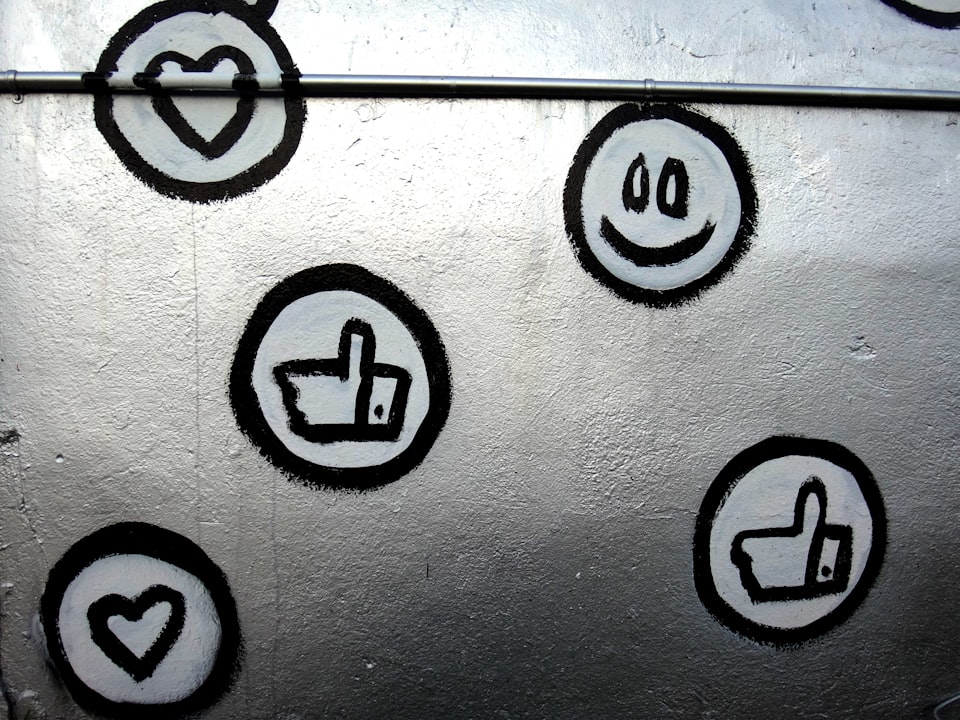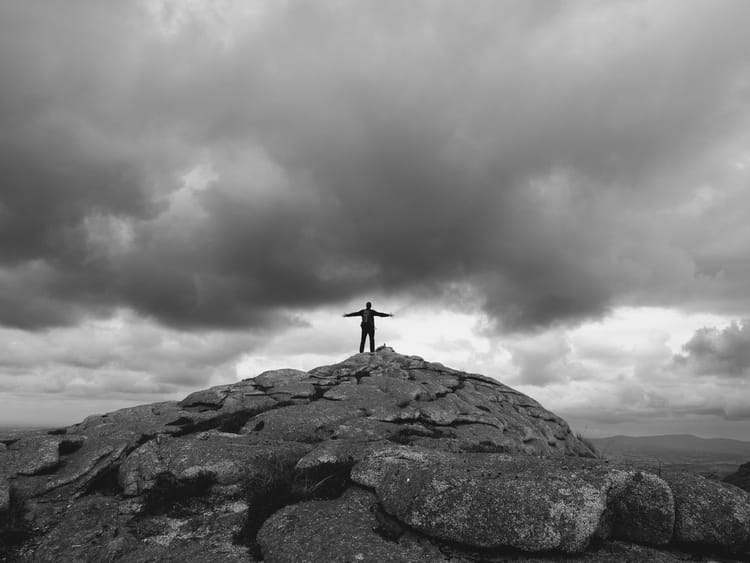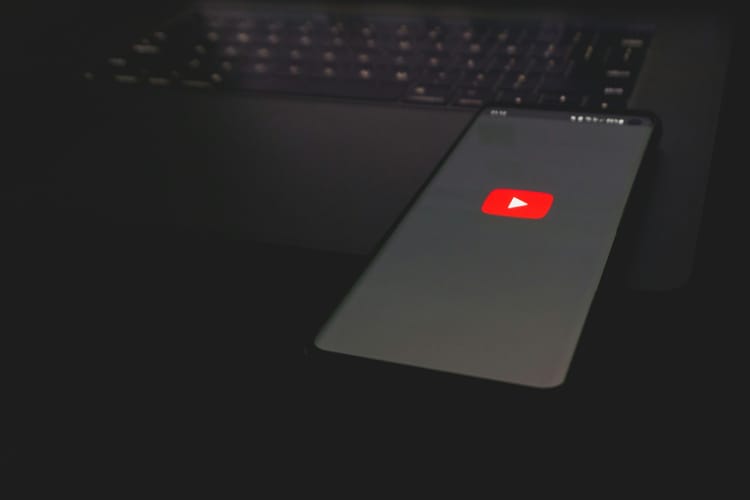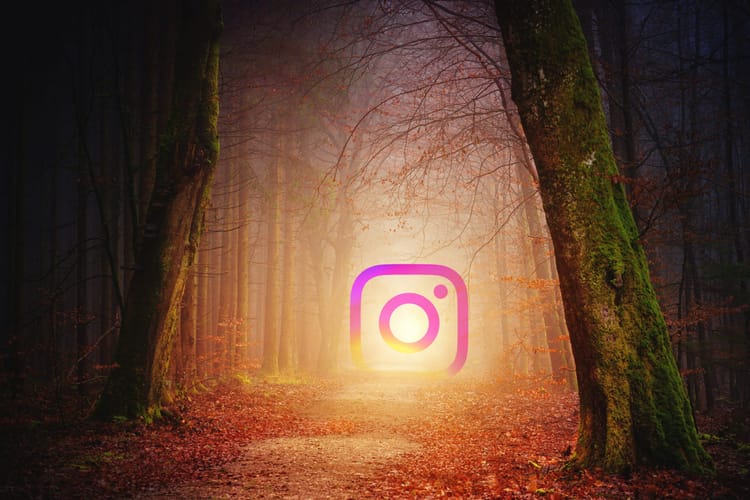Is Sharing Photography on Social Media Worth It?

As I approach one year on Vero, the social media platform has been a source of encouragement and frustration in my photography.
After eight months the fun element of sharing photos began to wane and I have failed to put my finger on why that is.
- Have I become bored with the repetition?
- Am I running out of images to post?, or,
- Do I fail to 'get it'?
Social media platforms have become love 'em and hate 'em outlets for photographers. Yes, we can showcase our work and gain exposure. But you can also be at the mercy of an algorithm that can make you disappear over night.
For professionals and hobbyists, sharing photos with strangers can be fun, or scary. On the one hand, you have the opportunity to build a following and connect with like-minded people. On the other, you may face image theft, and the potential loss of control over your work.
It's up to you to decide if the good outweighs the bad.
You will need to decide which platforms are the best for your needs. Keep in mind what works one day, could be dead the next. Remember Flickr? Flickr exists but there is a louder buzz in our shrubbery.
Brief Takeaways
- Social media offers photographers exposure and networking opportunities.
- There can be challenges, such as copyright concerns, image theft, and pressure to keep posting.
- Choose the best platform based on your objectives and photography style.
Top Five Pros of Sharing Photography on Social Media
People Will See Your Photography
Sharing your photography on social media could increase the visibility of your work. The alternative, after hours of taking pictures and editing, is nobody will ever see what you have done.
Social media platforms like Vero, Glass, and of course, Instagram, make it easy to be seen. This can lead to collaborations, clients, and an audience who appreciate your art.
Building a Community and Networking
Social media gives you the opportunity to connect with fellow photographers and enthusiasts. You can follow their work, join photography groups and forums, and chat.
Social media can help you build a community of online friends who appreciate your work.
Receiving Feedback and Improving Skills
Posting your photos online can lead to valuable feedback from fellow photographers. On Glass for example, the shutter speed, ISO, and apeture are displayed to give an indication of the approach taken by the photographer.
On the other hand, there is a strong likelihood you will attract 'likes' which give little sign of the quality of your work.
New Challenges and Competitions
Taking part in photographic competitions is an exciting way to challenge your skills.
Participating in challenges can keep you motivated, and help you find your voice.
Motivation to Produce Good Images
Sharing your photography on social media can motivate you to produce high-quality images.
By engaging with your connections you will improve your skills, and develop a style.
Besides, meeting new people with similar interests will fuel your passion for photography.
Top Five Cons of Sharing Photography on Social Media
Privacy Concerns
One negative when sharing photography on social media is the loss of privacy. When your photos are online, it becomes difficult to control who sees or shares them. Be cautious and avoid sharing sensitive information. Use privacy settings to limit your audience.
Image Theft and Copyright Issues
I could see it as a compliment if someone pinched one of my photographs. On a serious note, sharing your photos online may expose you to image theft and copyright issues.
Popular advice includes using watermarks, adding metadata, or registering your images with copyright agencies.
I avoid using watermarks because they can detract from an image. With today's technology thieves can remove watermarks in a click. Another common tactic is to use image compression which reduces the pixel quality of the images available.
Managing Negative Feedback
Social media can help with exposure but trolls and abuse is a risk. Critiques and harsh comments may challenge your self-esteem or creative intentions.
I know of photographers whose mental health has suffered through harsh comments. Self-belief is essential if you wish to maintain your passion for photography.
Algorithm Challenges
One minute everyone loves Instagram. Another minute, everyone hates Instagram. When the platform pivoted to video, countless photographers flocked to other platforms.
Vero and Mastodon were two beneficiaries. As months passed, some of the disillusioned returned to Instagram leaving Vero a little quieter.
While Instagram fails to attract me, other photographers embrace it. It's where their followers are.
At the risk of sounding like an advert, check out Vero or Glass which remain void of algorithms.
Time Investment and Potential Burnout
Managing a social media presence requires a significant time investment. Balancing content creation and engaging with your audience can lead to burnout. To combat this, set boundaries, managing your time, and taking breaks when needed. Always prioritise your well-being over the demands of a social media presence.
When I used Twitter I made the mistake of using social media management tools to automate tweets. It made the experience soulless and unfulfilled. No wonder I tired of the blue bird.
Hitting the 'like' button without absorbing the image before you removes the sense of true engagement. My approach is to be selective about what I 'like' to help keep the appreciation genuine.
Extra Considerations for Sharing Photography on Social Media
Choosing the Right Platform
When sharing photography select the platform that best suits your needs and audience. For example, Instagram is a popular choice due to it having over 2.35 billion monthly active users. Other options worth exploring are Vero and Glass, each with its own unique set of features.
I am growing fond of Glass for its calm environment, genuine users, and absence of follower counts.
I wish all platforms would ditch follower/following counts but that's ego for you.
Balancing Quantity and Quality
Maintaining a balance between the quantity and quality of your posts is essential.
I become frustrated when people I follow share six, seven, or more images a day. What is the point digging into your archives to feed the machine?
If you are a brand, give yourself time to plan your posts and ensure the photos you share are compelling. For hobbyists, make sure your photographs shine and avoid oversharing.
Guard Your Mental Health
Reports have linked social media to depression, anxiety, and low self-esteem. Other impacts include feelings of social isolation, and FOMO (fear of missing out).
Make sure you set boundaries and limit screen time.
Take breaks from social media, turn off notifications, and avoid before bed.
Prioritise real-life connections and experiences. Spend time with loved ones, engage in hobbies and activities, and reduce time spent on the internet.
Wrapping Up
Sharing photography on social media is personal and the motivations vary for everyone.
I enjoy sharing my images and seeing photography from others. For me it is reciprocal. But we all need to recognise the potential pitfalls, and make choices that keep our passion alive.
If I'm honest, I have become weary of scrolling through hundreds of images every day. As I approach the first anniversary of joining Vero I am reflecting on the concept of sharing. I need to find how best to enjoy the experience without the drudgery.
After all, photography should be a source of joy, not stress.
Thanks for reading this far. If you found this story helpful, please consider buying me a coffee. It would mean so much. 😊





